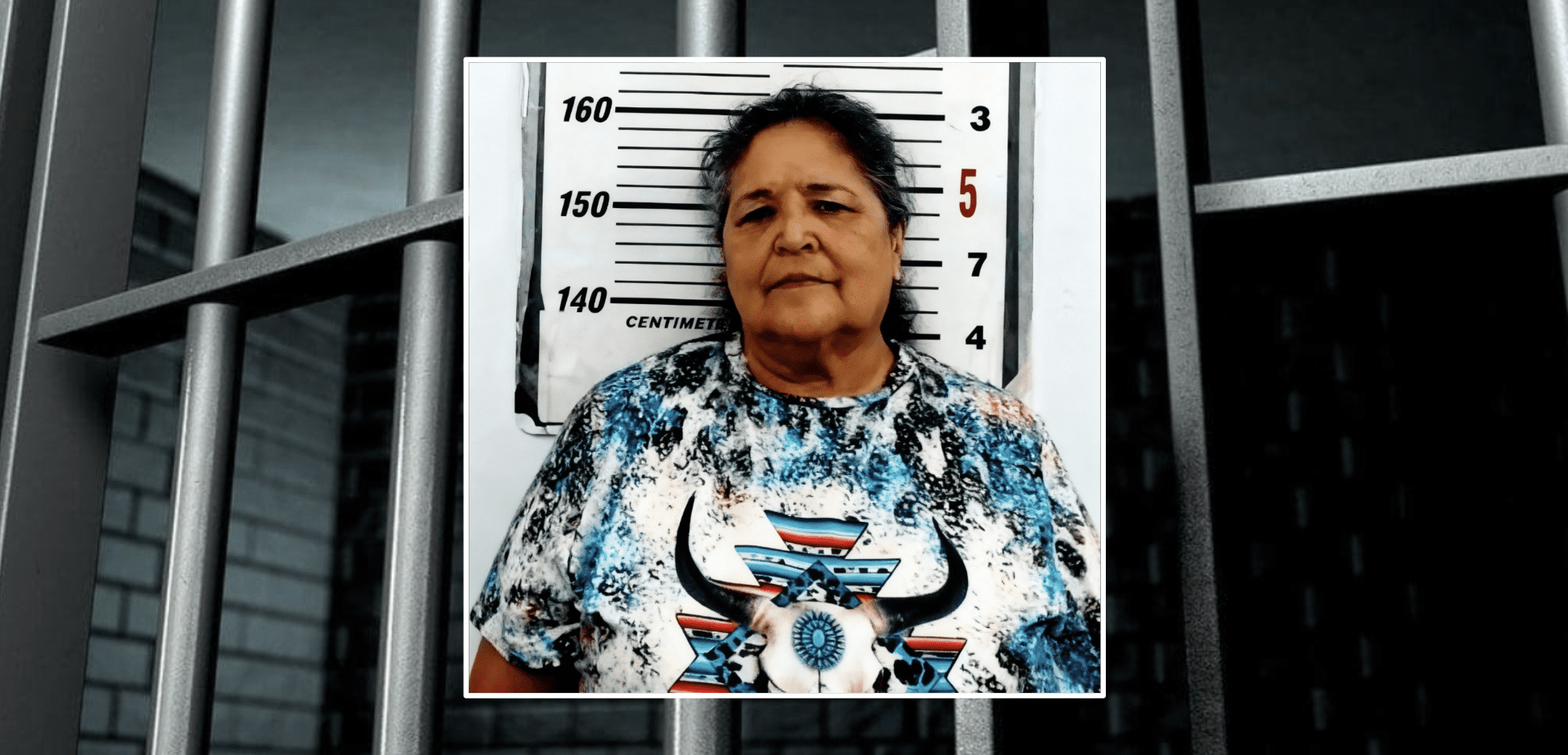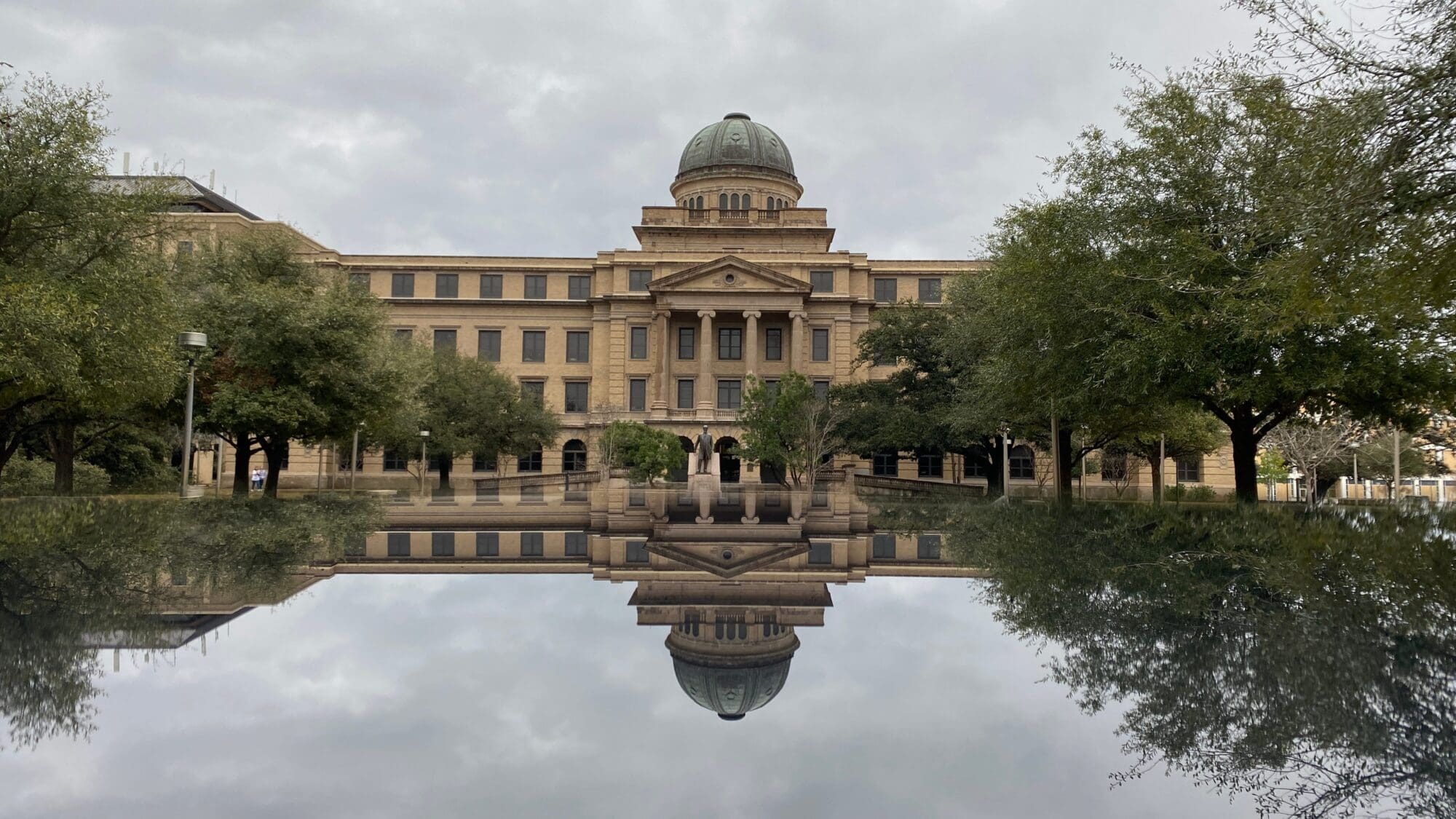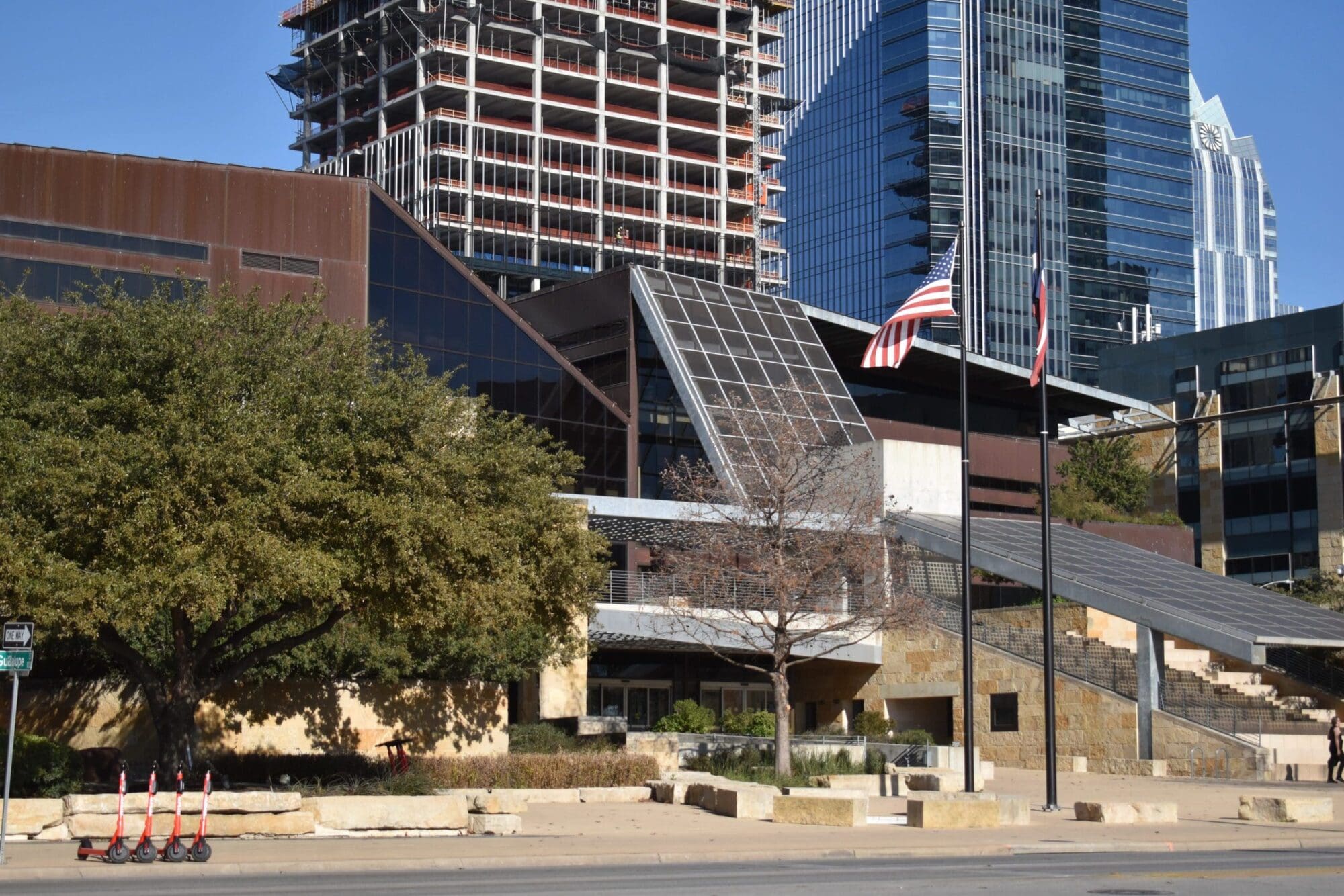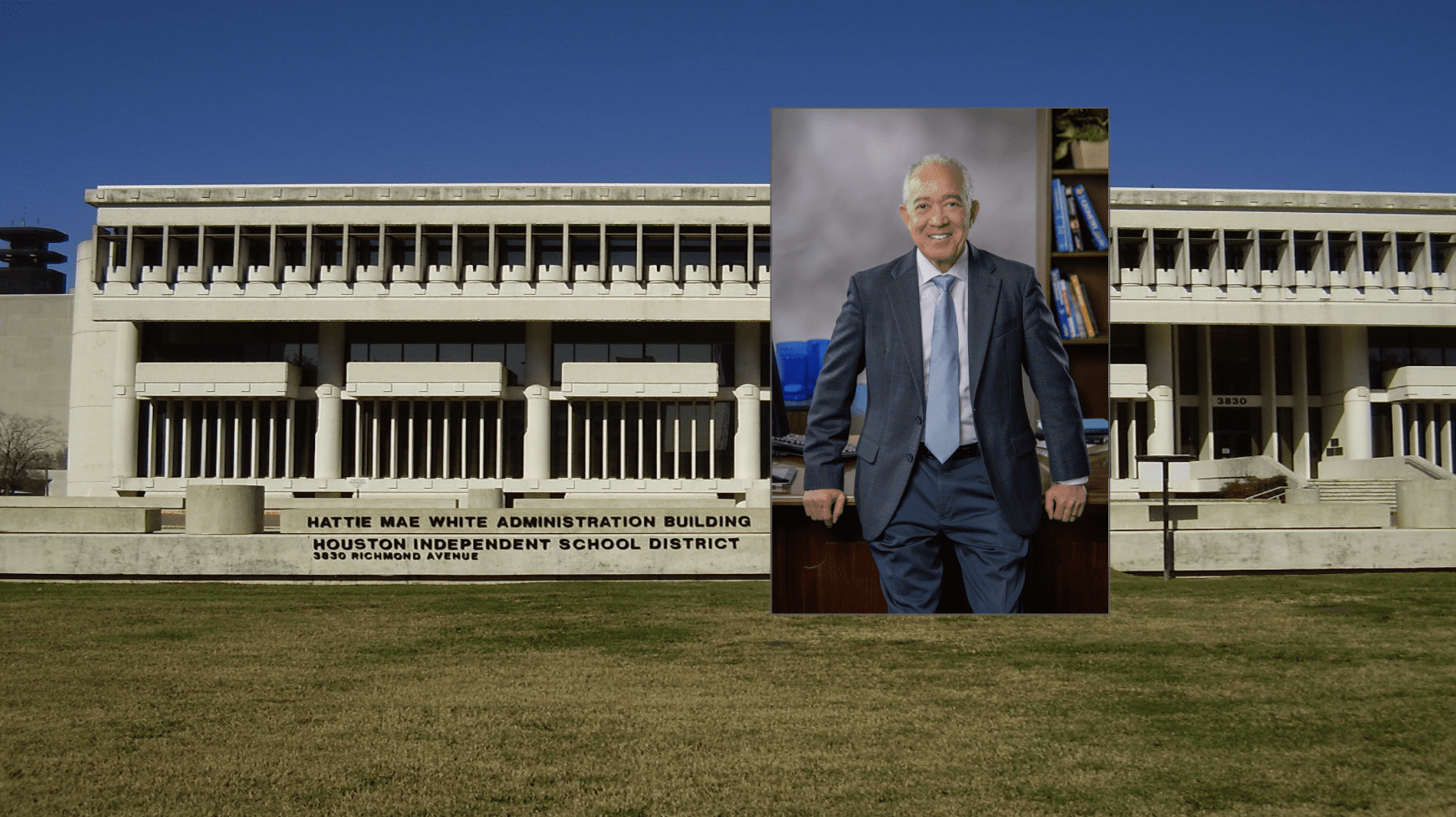Despite numerous studies demonstrating that government trains are not a solution to traffic in Texas, local officials across the state continue to foolishly push for rail expansion.
Forbes recently ran an article titled: “Austin’s Commuter Rail Is A Monument To Government Waste.” But one of the most under-reported facts is that – of the 1,800 transit systems in the United States – Dallas-Fort Worth’s DART requires the fourth highest taxpayer subsidy per rider.
A study published by the Hamilton Project found that every transit system runs at a loss—the difference is only in degree. Unsurprisingly, NYC’s system has the lowest operating loss per rider, while Dallas’ DART nearly topped the list.
As a result, a few voices in North Texas have emerged to warn the public against these boondoggles, most notably State Sen. Konni Burton (R-Colleyville), along with Colleyville’s Mayor Pro Tem, Chris Putnam, and Carrollton’s Mayor, Matthew Marchant.
Burton, Putnam, and hundreds of citizens in Northeast Tarrant County have vocally questioned the viability of TexRail, which will cost taxpayers more than a billion dollars in federal, state, and local funds in addition to operating losses. However the Obama administration, Congresswoman Kay Granger, Fort Worth Mayor Betsy Price, and Tarrant County Judge Glen Whitley continue to push the project forward.
Marchant opposes the proposed rail line from the DFW Airport to Plano in favor of alternatives such as bus-rapid-transit, calling it a “cheaper, faster, and more efficient” solution.
“It is a firmly held belief among most local officials and planners that passenger rail is the best transportation solution for [growth]. That groupthink is wrong.”
Marchant cited several reasons why passenger rail doesn’t work in Texas, including the fact that rail is between fifteen to thirty-five times more expensive to build than traditional roads, while costing eight times more to operate than buses.
“Dallas Area Rapid Transit estimates that commuter rail costs around $70 million per mile to build. Second, operating costs are extremely high compared to other modes. Third, projected ridership numbers do not justify the capital and operating costs. Fourth, passenger rail only makes sense in areas with 15 or more dwelling units per acre, which does not and never will exist outside of downtown, uptown Dallas and small pockets in the inner-ring suburbs.”
When critics correctly point out that trains are not a viable or effective transportation solution, proponents pivot by claiming the projects bolster “economic development.”
Marchant also refuted this claim.
“Passenger rail is incorrectly held up as the ideal version of transit because of its perceived cachet and theoretical economic development benefits. But the reality is that only a handful of the dozens of rail stations in North Texas have meaningful transit-oriented development, and the residents who actually rely on transit to get to work or live their lives (note: none of the decision makers) prefer fast and efficient to cachet. Mix all of that up and you have a misplaced desire for rail.”
Despite overwhelming evidence proving rail doesn’t work, Texans should expect little to change unless they voice their concerns. Until more federal, state, and local officials feel pressure from their constituents, the boondoggles will continue unabated.




